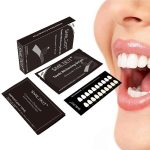Teeth Whitening Strips: How Often Should You Use Them for Optimal Results?

A bright and healthy smile is something we all desire. Teeth whitening strips have become a popular option for achieving a brighter smile without having to visit the dentist. They are easy to use and can provide noticeable results in just a few days. However, like with any teeth whitening product, it’s important to use them in moderation to avoid damaging your teeth and gums. So, how often should you use teeth whitening strips for optimal results? In this article, we’ll discuss the recommended frequency of use and other important things to keep in mind when using these strips. Teeth whitening strips are thin, flexible pieces of plastic coated with a whitening gel that contains hydrogen peroxide or carbamide peroxide. When applied to the teeth, the gel breaks down stains and discoloration on the tooth surface, leaving them whiter and brighter. While teeth whitening strips are generally safe and effective, overusing them can lead to sensitivity and other dental problems. That’s why it’s crucial to follow the manufacturer’s instructions and not exceed the recommended usage frequency. Let’s explore this topic further and find out how often you should use teeth whitening strips to achieve optimal results without causing any harm to your teeth.
Teeth whitening strips are an effective and convenient way to brighten your smile without the need for expensive dental treatments. These strips are made of a flexible plastic material that is coated with a peroxide-based gel. The gel works to remove surface stains and discoloration from the enamel of your teeth. To use the strips, you simply apply them to your teeth and leave them on for a designated amount of time, usually around 30 minutes. With regular use, teeth whitening strips can help you achieve a brighter, more confident smile. However, it is important to follow the recommended usage guidelines and not overuse them, as this can lead to tooth sensitivity and damage to the enamel.
Knowing how often to use teeth whitening strips is crucial for achieving optimal results without risking damage to the teeth and gums. Overuse of these strips can lead to tooth sensitivity, gum irritation, and even enamel erosion. On the other hand, not using them enough may result in little to no noticeable difference in tooth color. It is important to follow the instructions provided by the manufacturer and consult with a dentist if necessary to determine the appropriate frequency of use. In addition, maintaining good oral hygiene habits and avoiding foods and drinks that stain teeth can help prolong the effects of teeth whitening strips. Ultimately, finding the right balance of use will ensure a brighter, healthier smile without compromising dental health.
What are Teeth Whitening Strips?
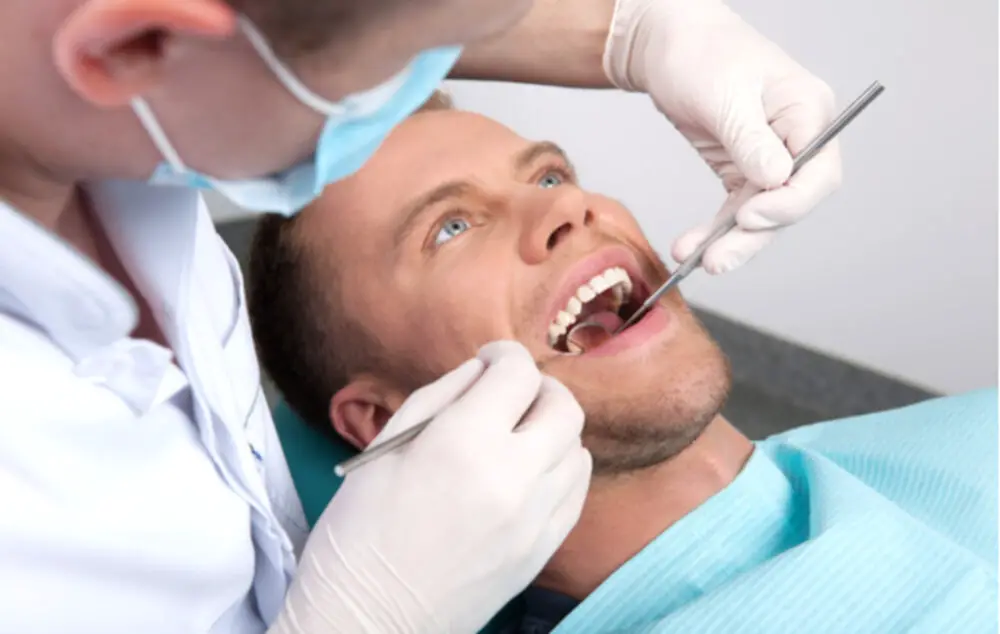
Teeth whitening strips are a popular and convenient way to brighten your smile. These thin, flexible strips are coated with a peroxide-based gel that bleaches the teeth. They are designed to be placed directly on the teeth and left in place for a specified amount of time, usually between 30 minutes to an hour. They are an affordable and easy-to-use alternative to professional teeth whitening treatments. One of the benefits of teeth whitening strips is their versatility. They can be used at home, at work, or on the go. They are also available in different strengths, so you can choose the level of whitening that is right for you. However, it is important to note that teeth whitening strips are not suitable for everyone. Those with sensitive teeth or gum disease should consult with a dentist before using them. Additionally, overuse or misuse of teeth whitening strips can lead to tooth sensitivity or damage to the enamel. Therefore, it is important to follow the instructions carefully and use them as directed for optimal results.
Teeth whitening strips are a popular over-the-counter product used to brighten teeth and improve the appearance of a person’s smile. These strips are thin, flexible plastic strips coated with a gel containing a bleaching agent, such as hydrogen peroxide. The strips are applied directly to the teeth and left in place for a specified amount of time, usually ranging from 30 minutes to 2 hours. The bleaching agent in the gel works to remove surface stains and discoloration from the teeth, resulting in a brighter, more youthful-looking smile. Teeth whitening strips are a convenient and affordable option for those looking to improve the appearance of their teeth without the expense and time commitment of professional whitening treatments.
Teeth whitening strips are a type of dental product that helps to lighten the color of teeth by removing surface stains. These strips are made of a flexible plastic material coated with a thin layer of hydrogen peroxide or carbamide peroxide, which are the active ingredients that bleach the teeth. When applied to the teeth, the peroxide penetrates the enamel and breaks down the stains, leaving the teeth looking brighter and whiter. The strips are designed to adhere to the teeth and remain in place for a specified period, typically ranging from 30 minutes to an hour. The frequency of use varies depending on the strength of the strips and the desired results. It is important to follow the instructions carefully and not to overuse the strips, as this can lead to tooth sensitivity and other issues.
Teeth whitening strips are a popular and convenient way to brighten your smile. There are two main types of teeth whitening strips available in the market: hydrogen peroxide-based strips and carbamide peroxide-based strips. Hydrogen peroxide-based strips are known for their fast-acting results, as they contain a higher concentration of hydrogen peroxide. However, they may cause sensitivity for some users. Carbamide peroxide-based strips have a slower whitening effect, but they are gentler on the teeth and better suited for those with sensitive teeth or gums. Ultimately, the best type of teeth whitening strip for you depends on your individual needs and preferences. It is important to follow the instructions carefully and use them in moderation to avoid damaging your teeth.
How Often Should You Use Teeth Whitening Strips?
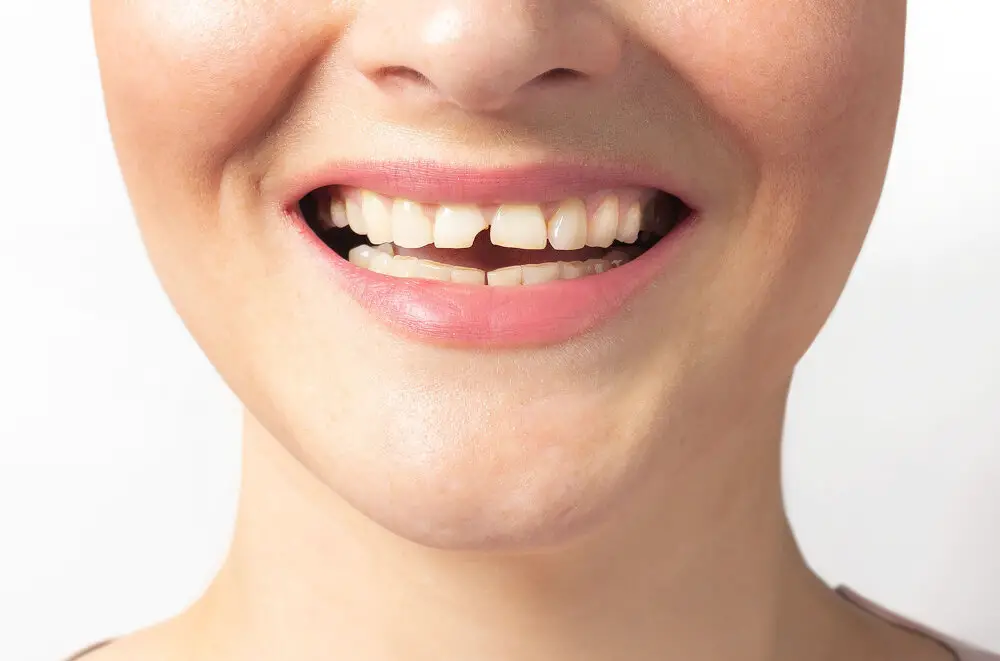
Teeth whitening strips are a convenient and affordable way to whiten your teeth at home. However, many people are unsure of how often they should use them for optimal results. While it may be tempting to use them every day, it’s important to follow the instructions on the packaging and not overuse them. Most whitening strips are designed to be used once a day for a period of two weeks. After this time, it’s recommended that you take a break for a period of time before using them again. It’s important to note that overusing teeth whitening strips can lead to tooth sensitivity and gum irritation. If you experience any discomfort while using them, it’s best to stop and give your teeth a break. Additionally, it’s important to maintain good oral hygiene habits, such as brushing and flossing regularly, in order to maintain the whiteness of your teeth. By following the recommended usage instructions and taking care of your teeth, you can achieve optimal results with teeth whitening strips.
According to dental professionals, the recommended frequency for using teeth whitening strips varies depending on the strength of the product. For the most effective and safe results, it is advised to follow the manufacturer’s instructions carefully. Usually, dentists recommend using whitening strips once a day for 30 minutes, but this can vary depending on the concentration of the whitening agent. It is important to note that overuse of these products can lead to tooth sensitivity, gum irritation, and even damage the enamel. Therefore, it is crucial to use teeth whitening strips in moderation and under the guidance of a dentist to achieve optimal results without causing harm to your oral health.
There are several factors that should be taken into account when determining how often an individual should use teeth whitening strips. Firstly, the severity of the teeth stains is a major factor to consider. Those with mild stains may only need to use the strips once or twice a week, while those with more severe stains may need to use them daily or every other day. Additionally, the strength of the whitening strips and the individual’s sensitivity to the chemicals used in the strips should also be considered. It is recommended to consult with a dentist to determine the best course of action for an individual’s specific needs and to ensure that they are using the strips safely and effectively.
Overusing teeth whitening strips can be harmful to the teeth and gums. The strips contain hydrogen peroxide, which can break down the enamel, causing sensitivity and tooth decay. The prolonged use of teeth whitening strips can also lead to gum irritation and inflammation, making the gums more susceptible to infection. In addition, using the strips too frequently can lead to uneven whitening, with some teeth appearing more white than others. It is recommended to follow the instructions on the packaging and to limit use to once every few months to avoid potential risks.
How to Use Teeth Whitening Strips Effectively?
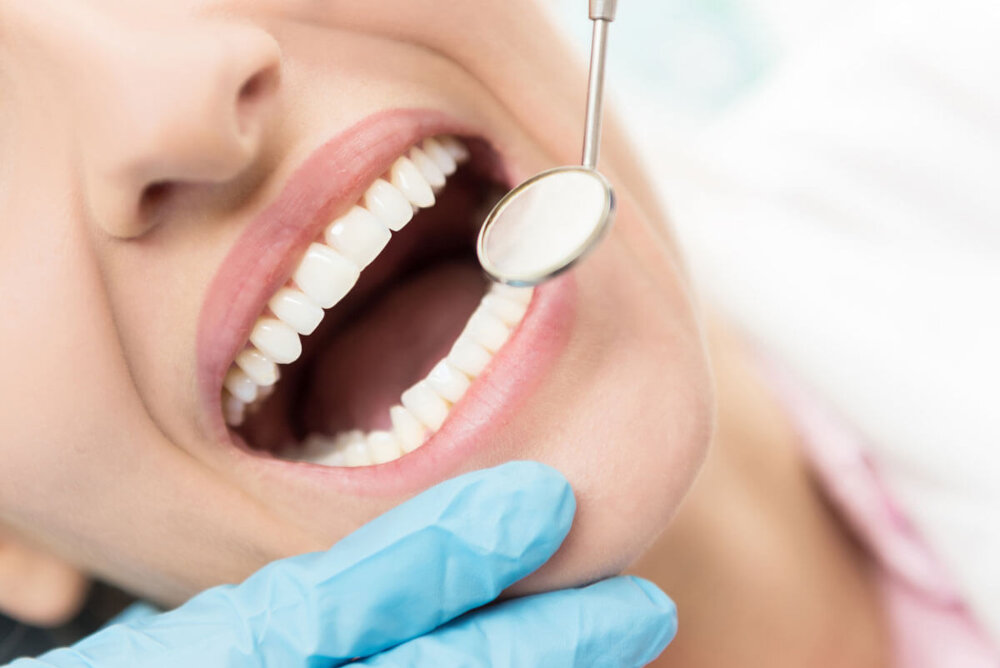
Teeth whitening strips have become a popular choice for people who want to brighten their smiles without spending a lot of money or time at the dentist’s office. However, to achieve optimal results, it is important to use these strips effectively. Firstly, it is recommended to brush and floss your teeth before applying the strips. This will help remove any surface stains and allow the whitening agents in the strips to penetrate deeper into the enamel. It is also important to dry your teeth with a tissue or cloth before applying the strips to ensure they adhere properly. When applying the strips, it is crucial to follow the instructions carefully. Typically, you will need to apply the strips for a certain amount of time each day, usually around 30 minutes. It is important not to exceed this recommended time, as it can cause sensitivity or even damage to your teeth. Additionally, it is important to not eat or drink anything that could stain your teeth, such as coffee or red wine, during the whitening process. By following these tips and using teeth whitening strips effectively, you can achieve a brighter, more confident smile!
Using teeth whitening strips is a simple and effective way to brighten your smile. First, start by brushing and flossing your teeth to remove any debris. Then, open the package and remove the strips. Place one strip on your upper teeth and one on your lower teeth, making sure they are aligned with your gum line. Gently press the strips into place and leave them on for the recommended time, usually 30 minutes. After the time is up, remove the strips and rinse your mouth with water. Repeat this process once a day for the recommended length of time, usually 7-14 days, for optimal results. Remember to avoid eating or drinking anything that could stain your teeth during this time. With consistent use, teeth whitening strips can give you a brighter, more confident smile.
If you are looking to whiten your teeth with whitening strips, there are a few tips you can follow to maximize their effectiveness. Firstly, make sure to brush and floss your teeth before using the strips to remove any surface stains or plaque. Secondly, follow the instructions carefully and do not leave the strips on for longer than recommended. Thirdly, avoid eating or drinking anything that could stain your teeth, such as coffee or red wine, for at least an hour after using the strips. Fourthly, consider using the strips for several consecutive days to achieve optimal results. Lastly, maintain good oral hygiene habits to ensure that your teeth stay white and healthy. By following these tips, you can ensure that your teeth whitening strips are as effective as possible.
Before using teeth whitening strips, it’s important to brush and floss your teeth thoroughly to remove any plaque or debris that may interfere with the whitening process. It’s also recommended that you avoid eating or drinking anything that may stain your teeth, such as coffee, tea, or red wine, for at least an hour before and after using the strips. After using the strips, rinse your mouth with water and brush your teeth again to remove any remaining gel. It’s also important to avoid eating or drinking anything that may stain your teeth for at least an hour after using the strips. Additionally, it’s a good idea to avoid smoking or using tobacco products, as they can cause further staining and decrease the effectiveness of the whitening strips. By following these simple steps, you can ensure that you get the most out of your teeth whitening strips and achieve optimal results.
Alternative Teeth Whitening Methods

Teeth whitening strips are a popular option for those looking to brighten their smiles, but they’re not the only way to achieve a whiter appearance. There are a variety of alternative teeth whitening methods that can be just as effective, if not more so, than whitening strips. One option is to use a whitening toothpaste that contains baking soda or hydrogen peroxide. These ingredients are known for their ability to remove surface stains and whiten teeth over time. However, it’s important to note that these toothpastes can be abrasive and may cause sensitivity, so it’s best to use them sparingly and follow the instructions carefully. Another alternative teeth whitening method is oil pulling. This ancient Ayurvedic practice involves swishing a tablespoon of oil (usually coconut or sesame) in your mouth for 10-20 minutes. Proponents claim that oil pulling can remove toxins and bacteria from the mouth, resulting in a brighter smile. While there is limited scientific evidence to support these claims, some people swear by the practice and find it to be an effective way to naturally whiten their teeth. However, it’s important to note that oil pulling should not replace brushing and flossing, which are essential for maintaining good oral health.
Aside from teeth whitening strips, there are other methods available to achieve a brighter smile. One popular option is professional teeth whitening, which is done by a dentist and can provide quick and dramatic results. Another option is at-home teeth whitening kits, which typically involve using a tray or strips with a whitening gel. Some natural remedies, such as oil pulling or brushing with baking soda, may also help whiten teeth, but their effectiveness is not scientifically proven. It’s important to consult with a dentist before trying any teeth whitening method to ensure it’s safe and appropriate for your individual needs.
Teeth whitening strips have become increasingly popular as a more affordable and accessible option for people looking to brighten their smiles. One of the main advantages of using these products is their convenience- they can be used in the comfort of one’s own home and do not require a visit to the dentist. Additionally, they are easy to use and can produce noticeable results within a few weeks. However, there are also some drawbacks to using teeth whitening strips. Overuse can lead to tooth sensitivity and gum irritation, and they may not work as effectively on deep or stubborn stains. It is important to follow instructions carefully and not exceed the recommended usage to avoid these issues. Ultimately, the decision to use teeth whitening strips should be made based on individual needs and preferences.
When it comes to teeth whitening, strips and gels are a popular over-the-counter option. While they can be effective in removing surface stains, they may not provide the same level of whitening as professional treatments. In terms of safety, teeth whitening strips can cause sensitivity or irritation if used too frequently or left on for too long. It’s important to follow the instructions carefully and not overuse the product. It’s also recommended to consult with a dentist before using any teeth whitening products to ensure that they are safe for your individual needs and dental health.
In summary, teeth whitening strips are a popular and convenient option for achieving a brighter smile. It is important to follow the instructions carefully and not exceed the recommended usage frequency, as this can lead to tooth sensitivity and damage. The optimal usage frequency may vary depending on the brand and strength of the strips, but generally it is recommended to use the strips once a day for 30 minutes for a period of 7-14 days. It is also important to maintain good oral hygiene practices and avoid consuming staining substances such as coffee and tobacco products during the whitening process to achieve the most optimal results.
After evaluating various studies and researches, it is recommended to use teeth whitening strips once a day for up to two weeks to achieve optimal results. Overuse of teeth whitening strips can lead to sensitivity and damage to the enamel. It is also advised to take a break of at least a month before using them again to prevent any adverse effects. Additionally, it is essential to follow the instructions provided by the manufacturer and consult with a dentist before using any teeth whitening strips. By using teeth whitening strips in moderation and following proper oral hygiene practices, you can achieve a brighter and healthier smile.
It is crucial to consult with a dental professional before using any teeth whitening product to ensure its safety and effectiveness. While teeth whitening strips can be a convenient and affordable option for brightening your smile, they may not be suitable for everyone. A dental professional can evaluate your dental health, including the sensitivity of your teeth and gums, and recommend the appropriate whitening treatment for your specific needs. Additionally, they can provide guidance on how often to use the strips and monitor the progress of your whitening journey. Failing to consult with a dental professional before using teeth whitening products may result in ineffective or even harmful results, making it essential to prioritize your oral health by seeking professional advice.
Conclusion
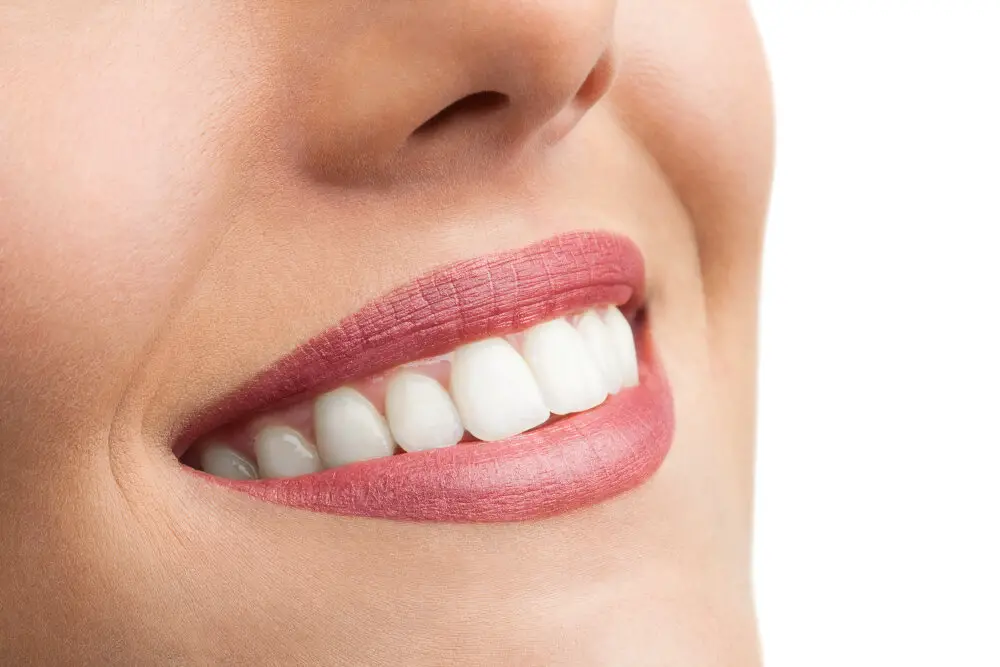
In conclusion, teeth whitening strips can be an effective and convenient way to achieve a brighter smile. However, it is important to use them in moderation and follow the recommended guidelines for optimal results. Overusing these strips can lead to tooth sensitivity and damage to the enamel. It is also important to maintain good oral hygiene habits and avoid excessive consumption of staining substances such as coffee and tobacco. With proper use and care, teeth whitening strips can help enhance your smile and boost your confidence.
